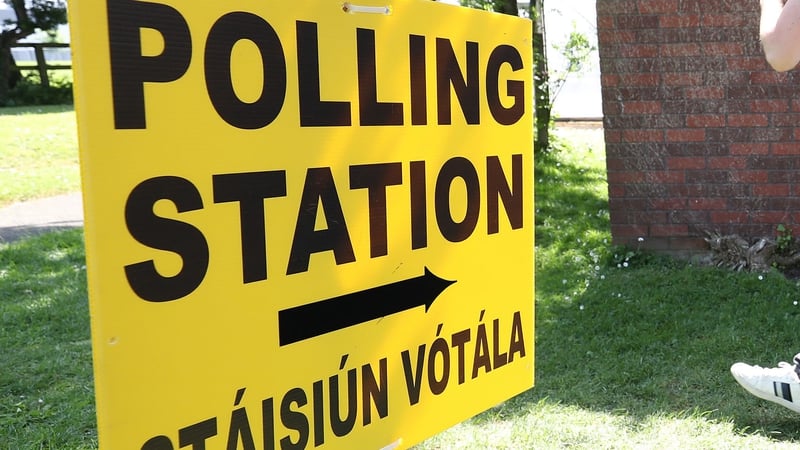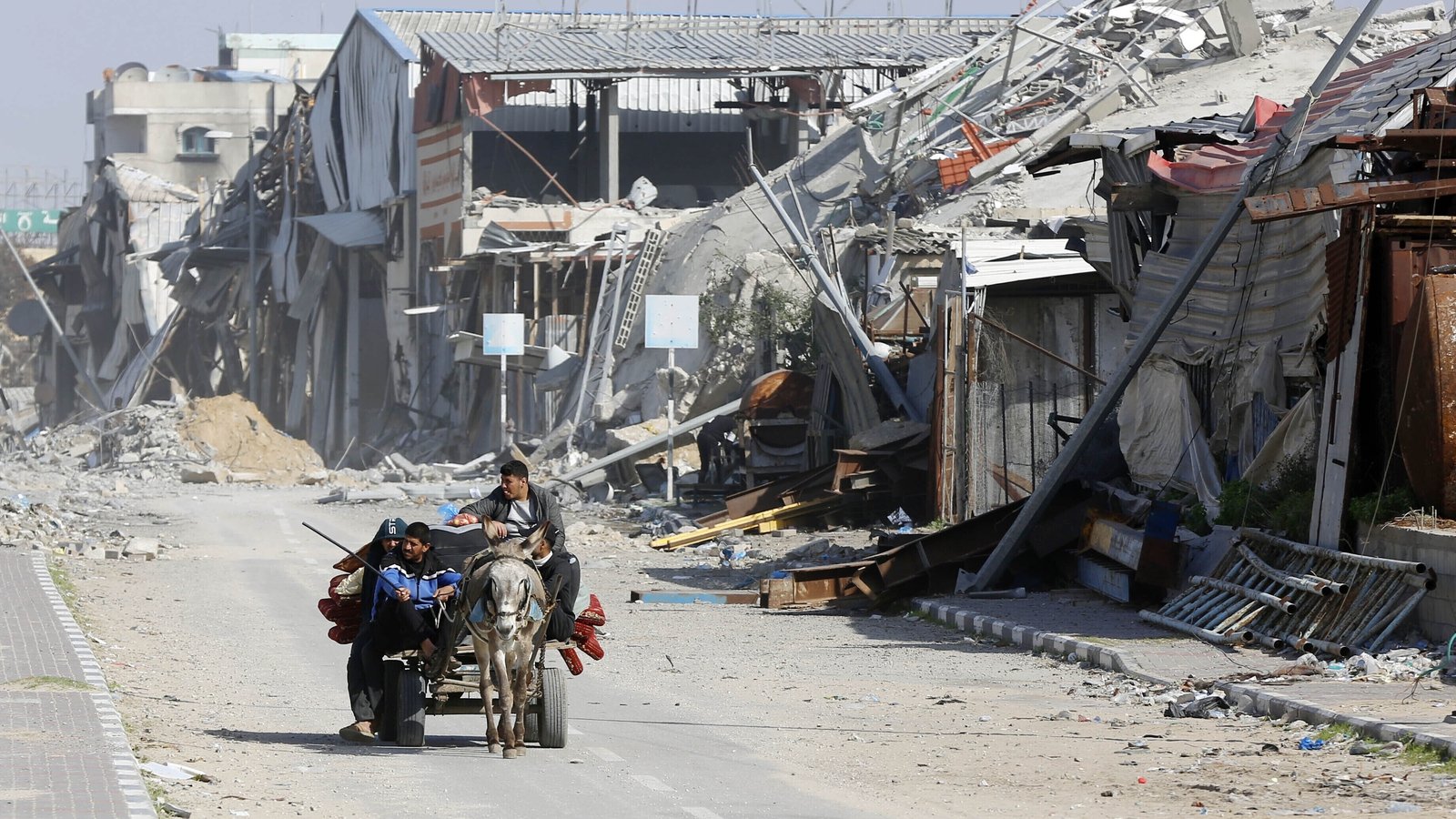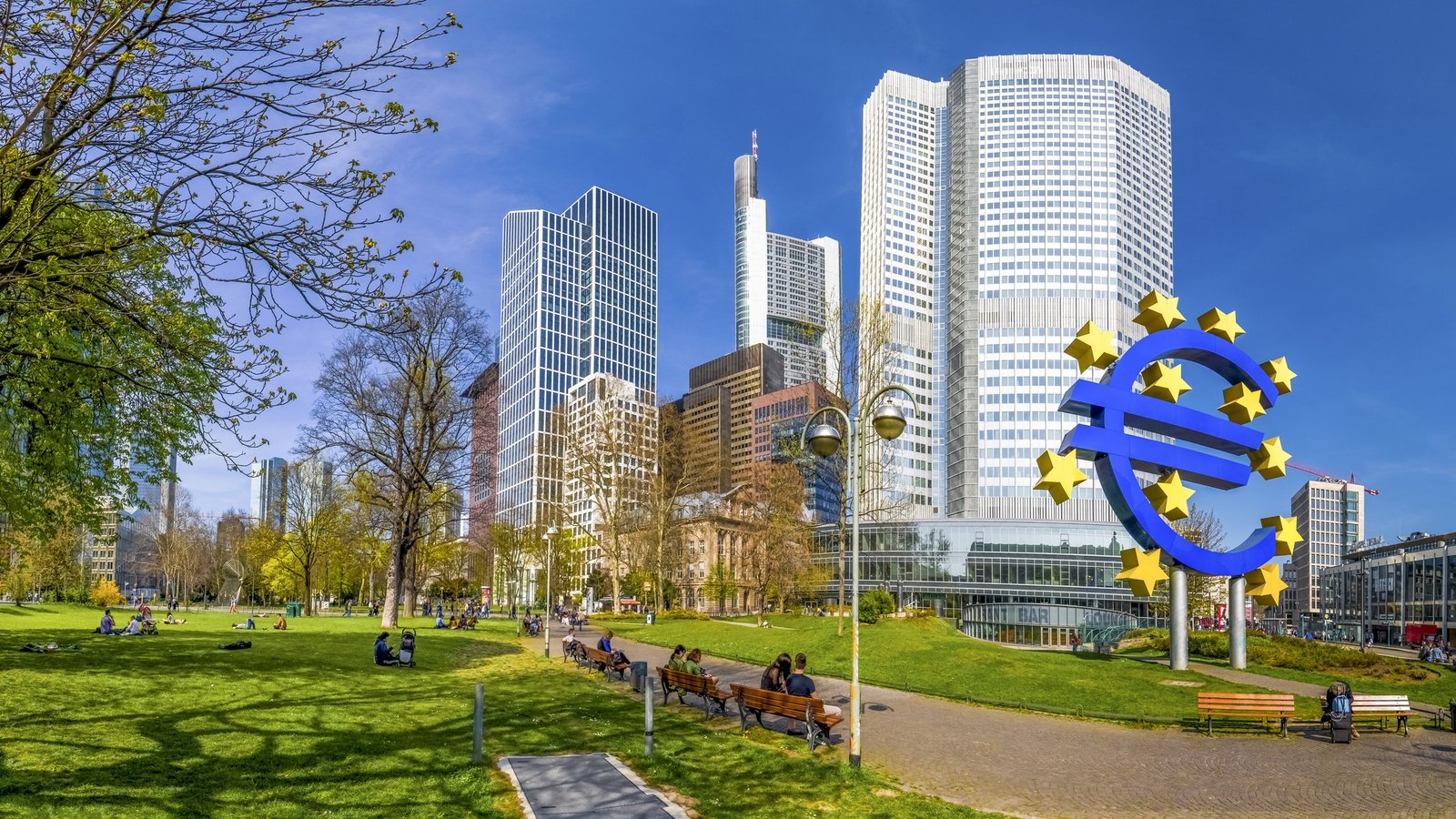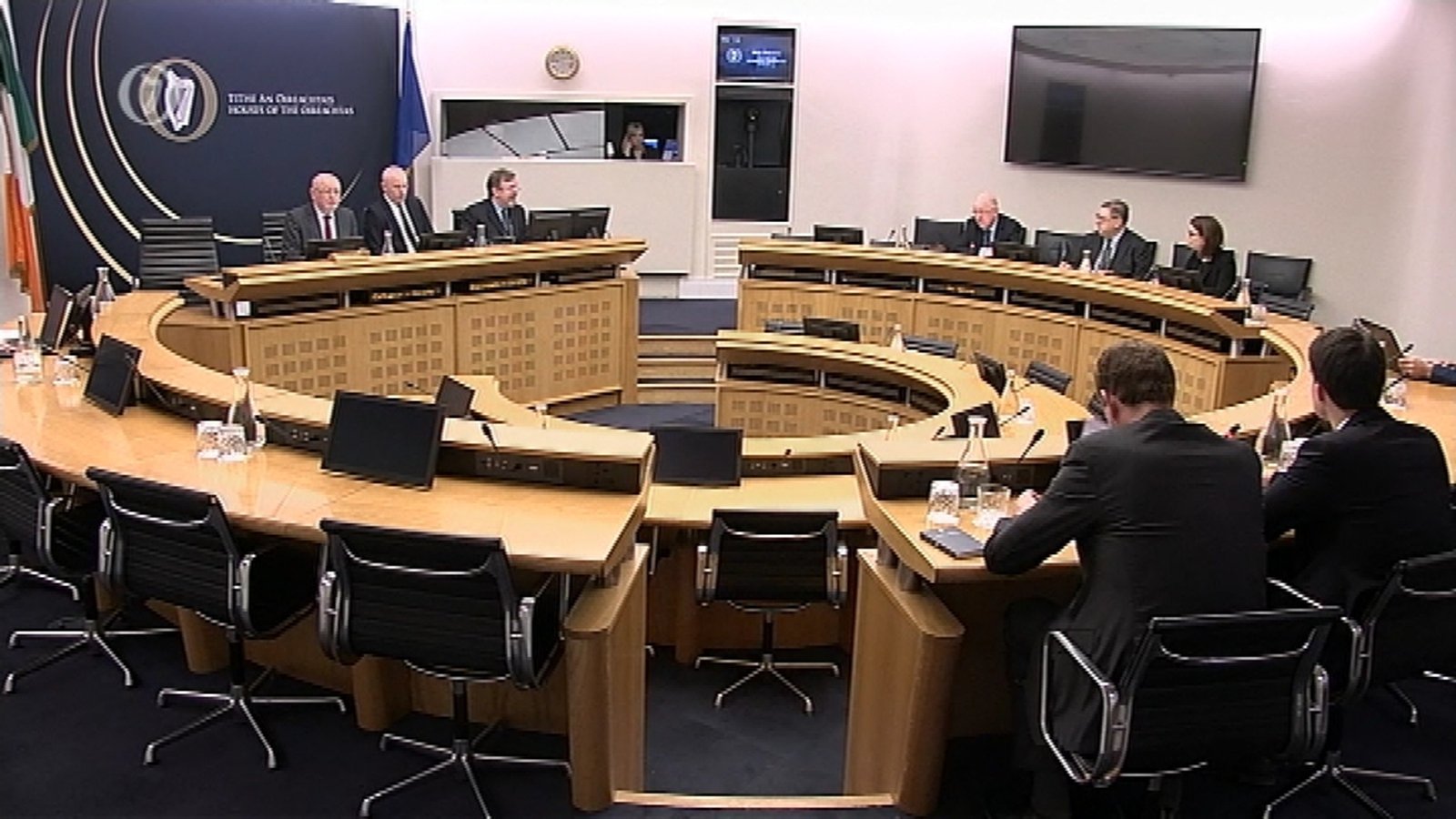Friday’s polls will let the parties know where they stand


There are two days left of campaigning for the local and European elections and, if exit polls from other recent elections are anything to go by, many voters are still making their minds up.
Candidates and canvassers are finding the electorate hard to read.
It’s more than four years and a political lifetime since they last had their say – in the general election in 2020. The double referendum defeats earlier this year were a harsh reminder to many that the privacy of the ballot box can deliver an unexpected jolt to the political status quo.
While local and European elections have very different dynamics to general elections, Friday’s results will tell the parties where they truly stand with the electorate. And while they may not be the best indicator of general election results, they will set the context for the fraught political period that lies ahead.
Sinn Féin
For Sinn Féin, the results will be a good indicator of whether the party – which appeared to be on an unstoppable march to government – has let that big opportunity slip through its fingers.
The magic number to watch out for will be 25%. That will be the measure of where it stands against the last general election. Back then, it got 24.5% of first preference votes making it the most popular party, but without enough candidates in the field, not the party with the most seats.
Its support levels reached dizzying heights of around 33% in opinion polls last year. But Sinn Féin has been on the back foot in recent months.
A number of missteps, including its response to the Dublin riots, a migration policy which is at odds with the views of many of its core voters, and being on the wrong side of the referendum debates are all being cited as reasons for its slippage in the polls.
But we also know that election campaigns matter more than they did before. In the last general election Sinn Féin’s support rose steadily throughout the campaign as more people became engaged. The opposite is happening for Sinn Féin in these elections and the weekend poll by Ireland Thinks for the Sunday Independent suggested a seven-point drop in the past month to 22%.
That being said, Sinn Féin will make gains. It is coming from a low base in terms of council and European parliament seats. The party will be quick to stress that the comparison next weekend should not be with where it stood in last year’s polls, but rather how it compares to 2019. By that yardstick the party will perform well.
After its disastrous performance in 2019 when it lost half of its 159 councillors, anything will look like an improvement. But anything short of 160 seats will not be a good day.
With just one seat in the outgoing European parliament, Sinn Féin will almost certainly make gains and is hoping for three seats. But with low profile candidates in Midlands North-West and the party brand suffering, this is not a certainty.
As soon as the ballot boxes are opened, the party will be examining where exactly it is gaining or losing votes. Where does it stand among its Dublin working class base? Where does it stand among under 35s – the group most affected by the housing crisis? This will determine a lot about its policy direction heading into the general election. The magic 25% could determine what sort of candidate strategy it will run.
Fine Gael
The sense among the party’s TDs and election candidates is that Simon Harris, since replacing Leo Varadkar as leader, has steadied the ship. Opinion polls suggest he might have done a bit more than that. But there is still anger being directed towards the party “on the doorsteps”.
The Taoiseach insists he wants the coalition to run its full term, and that the next general election will be in early 2025. But a good result would surely increase the likelihood of an early election.
Fine Gael had a solid showing in the 2019 local elections, winning 255 seats with 25% of the vote. Repeating that success would be a tall order, so the party will most likely walk away with local council losses.
It’s a similar story with the Europeans. Last time the party won five of the thirteen seats. This time around it is more likely to come back with three.
But just a few months ago no one in the party would have expected to return with a bigger vote share than Sinn Féin, and now that is where the battle will lie.
Next week will tell whether the new leader, and his hardening policy around immigration, is enough to save the party from heavy Dáil losses after thirteen years in Government. And if so, should the new party leader strike while the iron is hot and call a general election sooner, rather than later.
Fianna Fáil
More so than any other party, there is a lot of uncertainty around Fianna Fáil’s real standing. Opinion polls show its support stuck in the mid-teens, but some still believe there is still a shy Fianna Fáil voter out there and its real level of support is more likely in the low twenties.
The bar charts that appear on count day are unlikely to tell a great story for Fianna Fáil. It had a good day in 2019 and came back with 27% of the vote in the local elections, and 279 councillors. So, from a high base, the losses will appear stark.
The flip side of this is that, with so many incumbents who are now well established in their communities, they may poll ahead of the true support levels, if a general election were held tomorrow.
Fianna Fáil will have a better story to tell in the European elections. The party has just one seat in this European Parliament term and is hopeful of coming back with three – one in each Constituency.
The big talking point within Fianna Fáil is what these elections will mean at the top of the party. A poor result could mean that Micheál Martin would opt not to lead the party into the next election and instead go forward for the EU Commissionership. (This could also be dependent on what position he would be in line for in the Commision).
A respectable result on Friday would mean that Martin would be more likely to stick around to eye another term in government.
But who then would go to Brussels? Could the party afford to lose its best performer in cabinet, Michael McGrath, if the Finance Minister is to deliver one last Budget before a general election?
Independents
A series of recent opinion polls suggest Independents are having their moment and seem to be hoovering up some of the post-crash floating vote that had more recently gone Sinn Féin’s way.
Their percentage of support may be harder to translate into seats at local authority level where incumbency is an advantage and where the sheer number of independent candidates might mean their vote is split many ways.
In the Europeans, Luke Ming Flanagan is the incumbent in Midlands North-West but could he be joined in the European Parliament by Ciaran Mullooly of Independent Ireland? The election of Michael McNamara in Ireland South would also be a good indication of the strength of the independent vote.
What will be most closely watched is the levels of support that’s there for a certain type of Independent – those with a more right, anti-immigrant ideology.
These are the first elections in this country where migration has featured as a major issue, and it remains to be seen how the issue will translate into voting preferences.
But the big question beyond next weekend will be what sort of role Independents or independent groupings might play in the formation of the next government.
Whatever happens next week, as the results roll in it will tell a much wider story about the shifting sands of Irish politics, where old certainties have been thrown out and new ones are being written.





